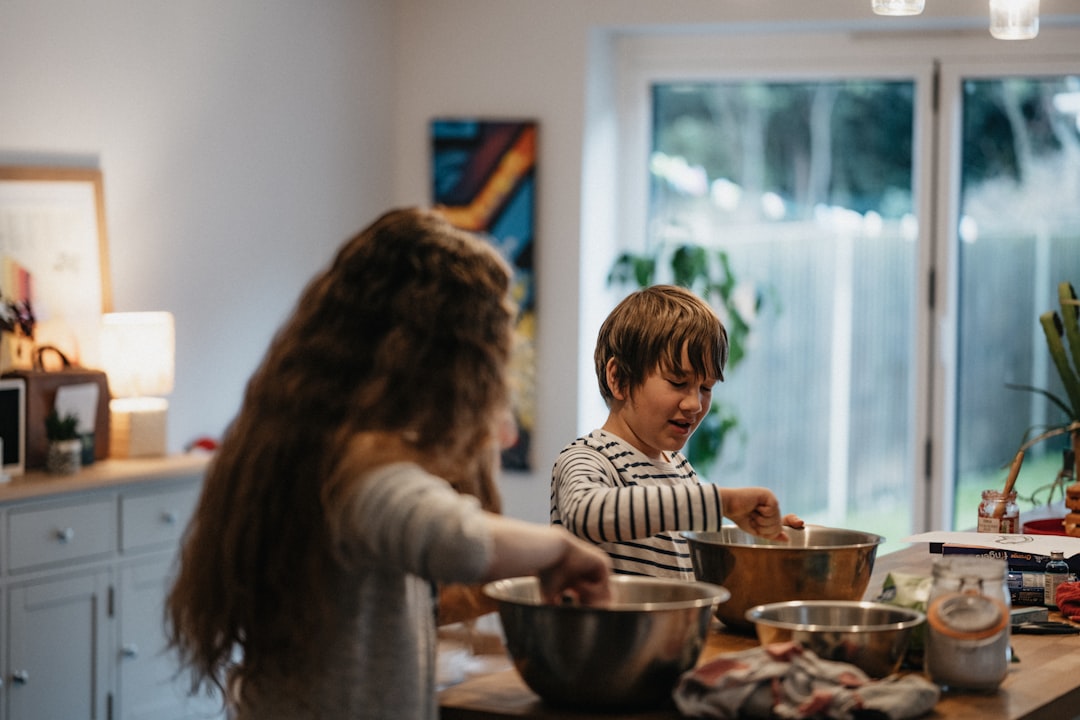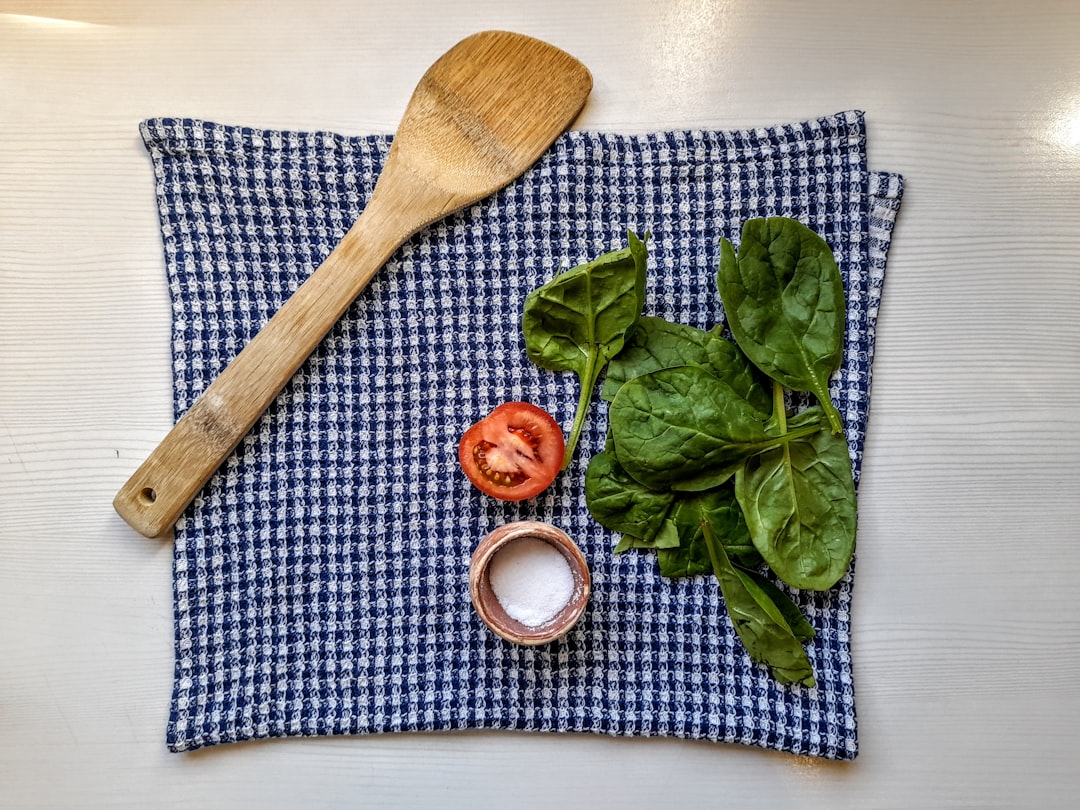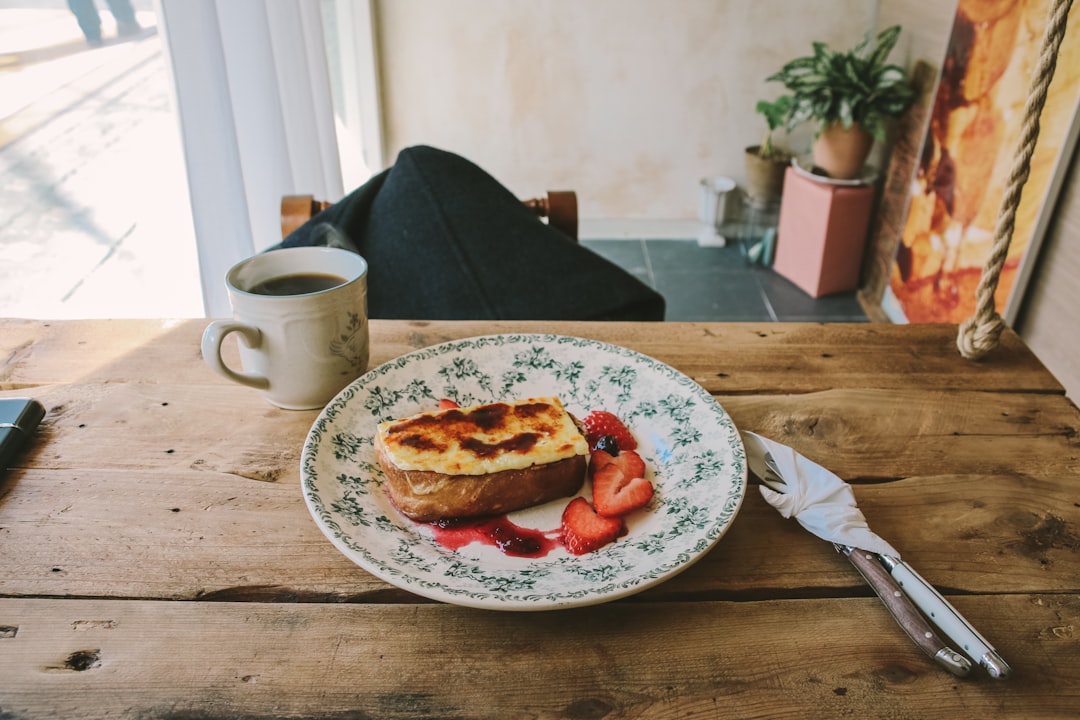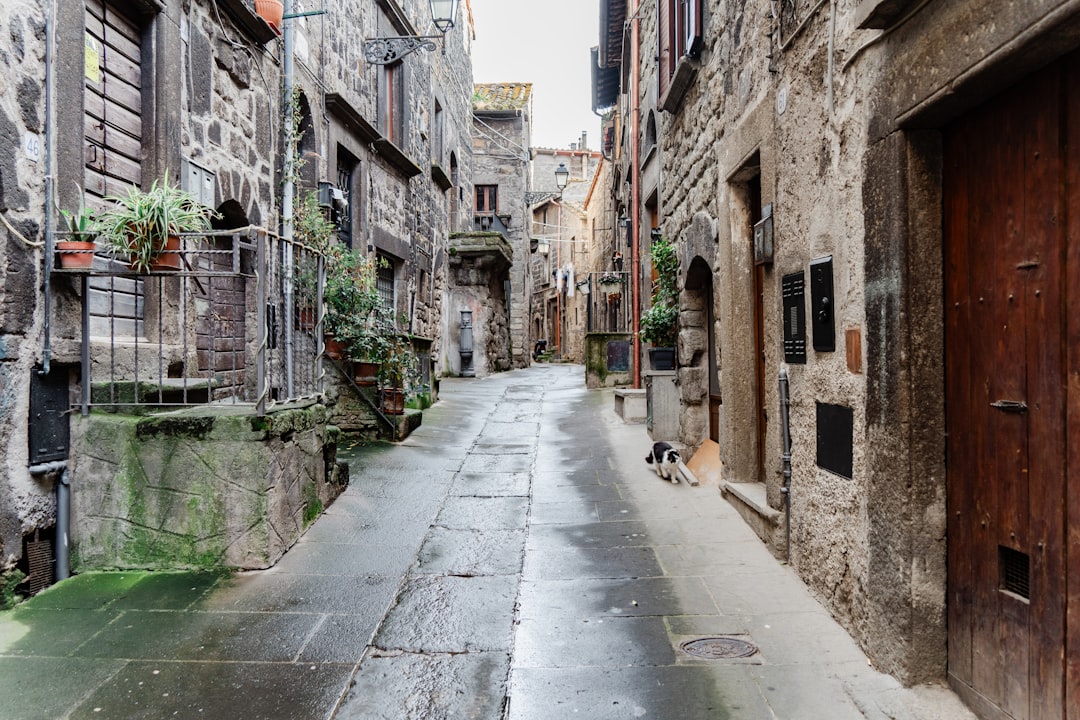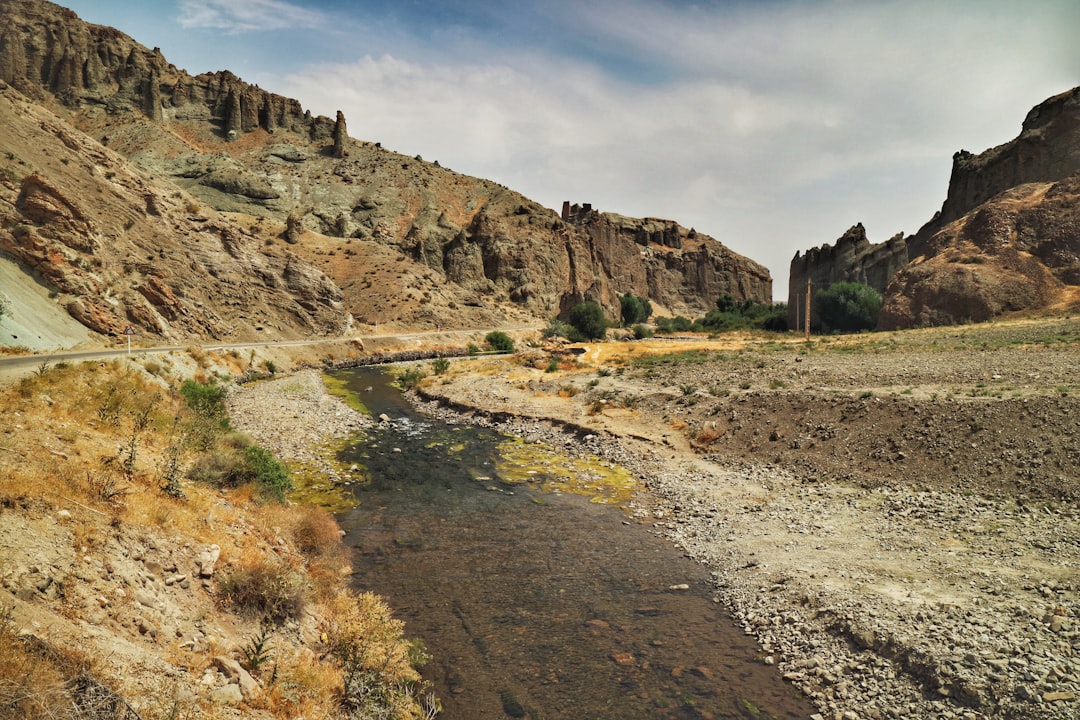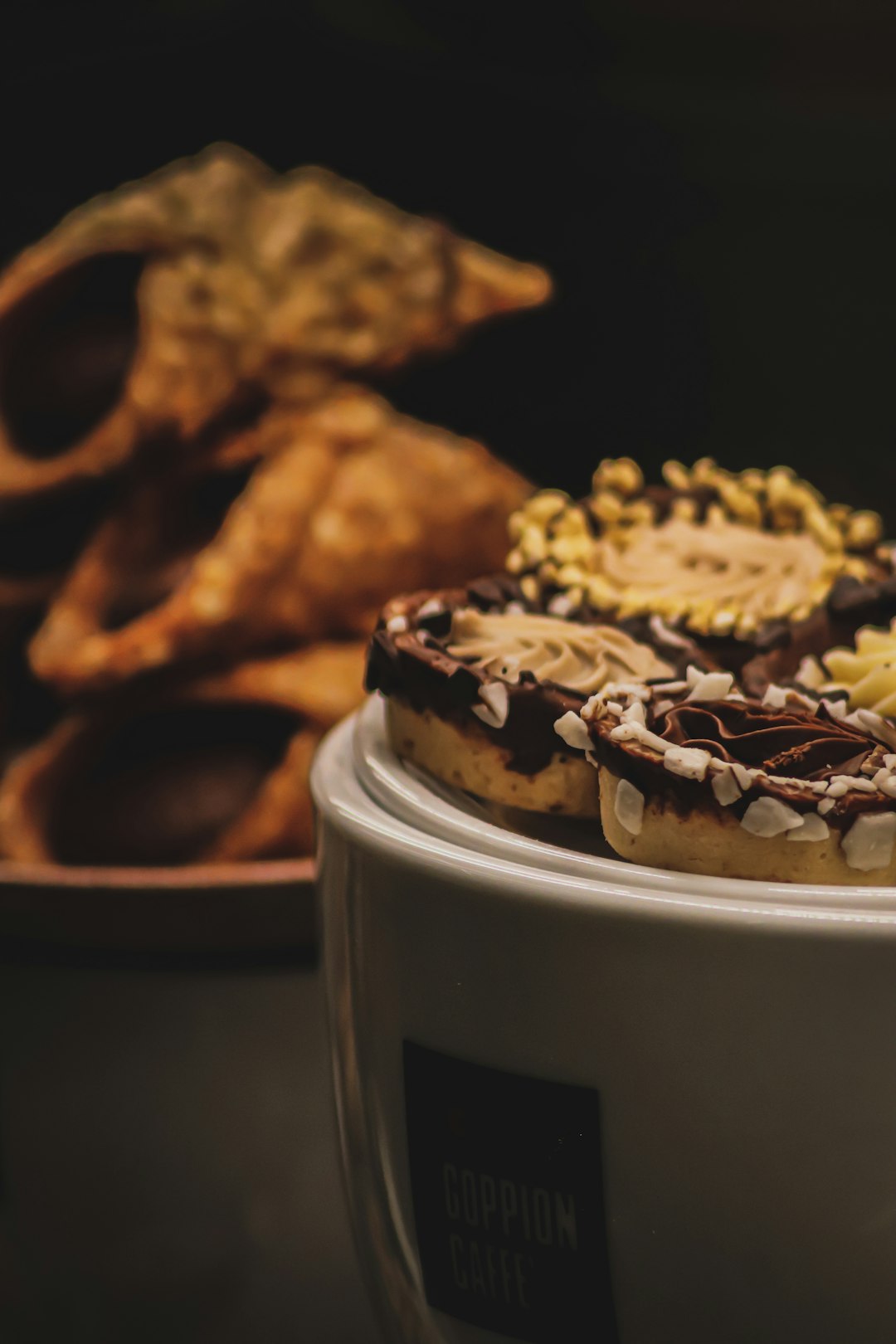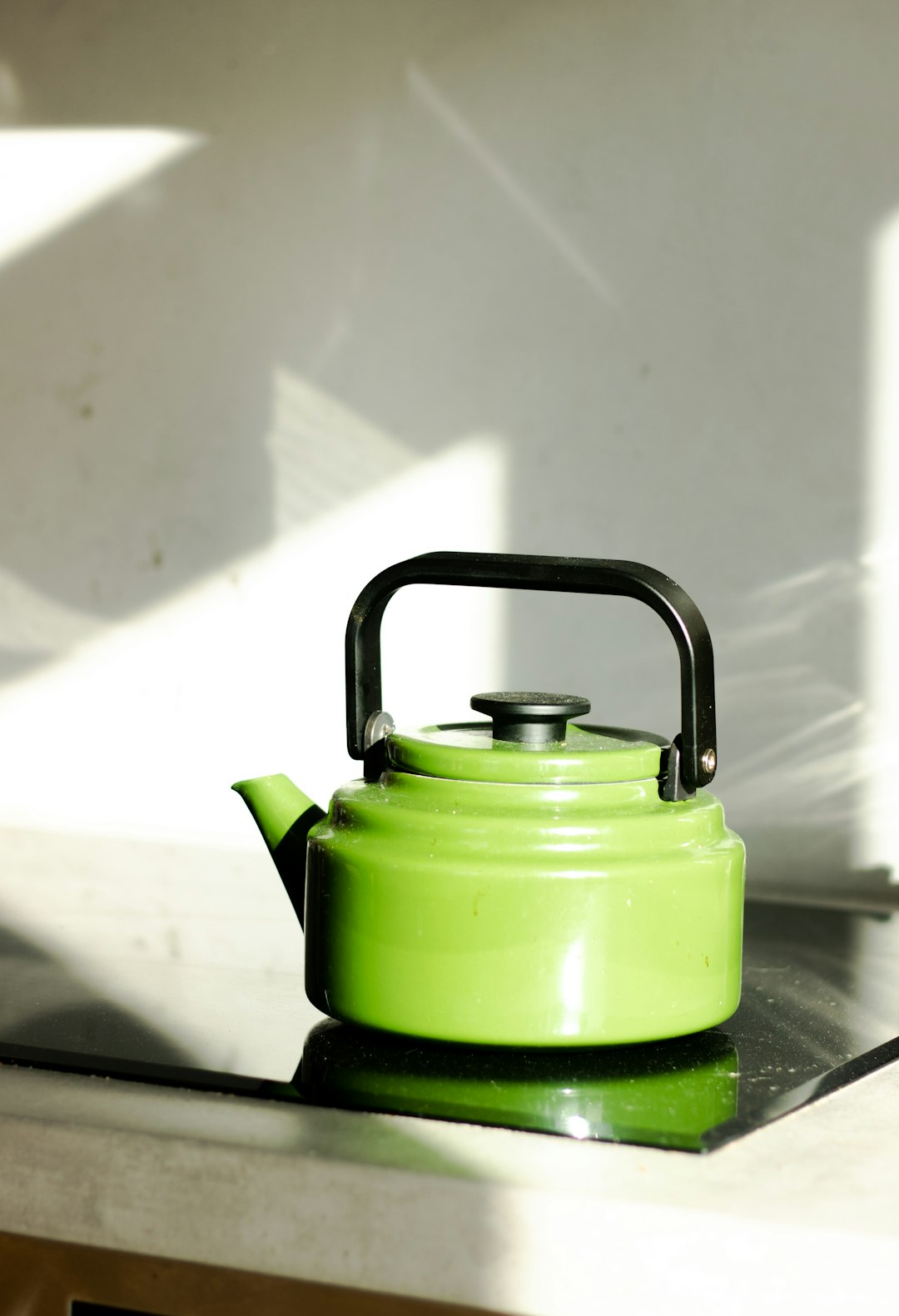Are you tired of mediocre baked goods? Do you dream of achieving that perfect golden crust and moist, tender interior every time you step into the kitchen? Well, the secret might just lie in converting your standard oven recipes to convection oven recipes. In this article, we'll explore the best standard oven to convection oven conversion formulas for almost any baked recipe, and guide you on your way to convection perfection.
First, let's understand the difference between a standard oven and a convection oven. A standard oven heats food by surrounding it with hot air that rises from the bottom heating element. This can sometimes result in uneven cooking, with the top of the food getting overcooked while the bottom remains undercooked. On the other hand, a convection oven has a fan that circulates the hot air evenly throughout the oven cavity. This ensures that the food cooks more evenly and often at a faster rate.
Now, let's get into the conversion formulas. One of the most common rules of thumb is to reduce the temperature by 25 degrees Fahrenheit when converting a standard oven recipe to a convection oven recipe. For example, if a recipe calls for baking at 375°F in a standard oven, you would set your convection oven to 350°F. This lower temperature helps prevent the food from browning too quickly on the outside while still allowing it to cook thoroughly on the inside.
However, temperature is not the only factor to consider. Cooking time also plays a crucial role in the conversion process. In general, you can expect to reduce the cooking time by about 25% when using a convection oven. So, if a recipe takes 30 minutes to bake in a standard oven, it might only take around 22 - 23 minutes in a convection oven. But it's important to keep a close eye on the food as it cooks, as every oven is different and the actual cooking time may vary.
Another important tip is to adjust the placement of the baking pans in the oven. In a convection oven, the hot air is circulated more evenly, so you can often place multiple pans on different racks at the same time without worrying about uneven cooking. However, make sure to leave enough space between the pans to allow the air to flow freely. This will ensure that all the food cooks evenly.
Let's take a look at some specific examples of recipe conversions. If you're making a batch of chocolate chip cookies, a standard oven recipe might call for baking at 375°F for 8 - 10 minutes. When converting to a convection oven, you would lower the temperature to 350°F and reduce the cooking time to about 6 - 7 minutes. Keep an eye on the cookies as they bake, and take them out of the oven when the edges are just starting to turn golden brown.
For a cake, if a standard oven recipe calls for baking at 350°F for 30 - 35 minutes, you would set your convection oven to 325°F and reduce the cooking time to around 22 - 26 minutes. Check the cake for doneness by inserting a toothpick into the center. If it comes out clean, the cake is ready.
When it comes to roasting meats, the conversion is a bit more complex. You still want to reduce the temperature by 25 degrees Fahrenheit, but the cooking time reduction may vary depending on the size and type of the meat. For a small chicken, if a standard oven recipe calls for roasting at 375°F for 1 - 1.5 hours, you would set your convection oven to 350°F and start checking for doneness after about 45 minutes to an hour. Use a meat thermometer to ensure that the internal temperature of the chicken reaches 165°F.
In conclusion, converting standard oven recipes to convection oven recipes can take your baking and cooking to the next level. By following these simple conversion formulas and tips, you'll be able to achieve perfectly cooked dishes every time. So, go ahead and experiment with your favorite recipes in your convection oven, and enjoy the delicious results!
